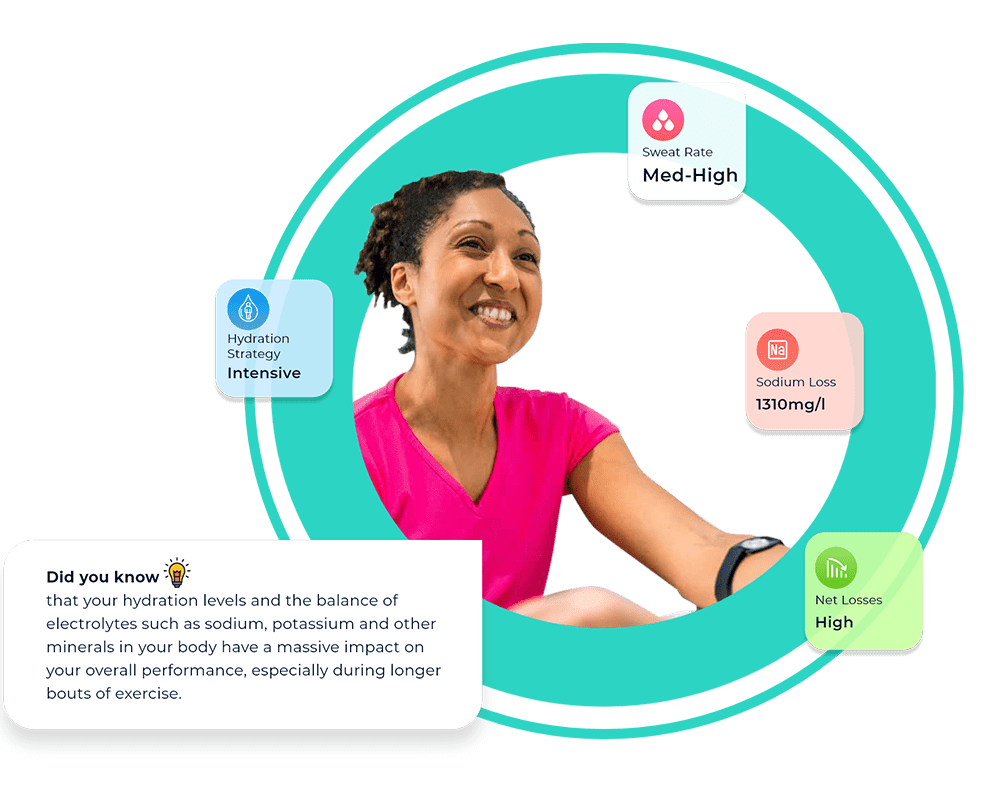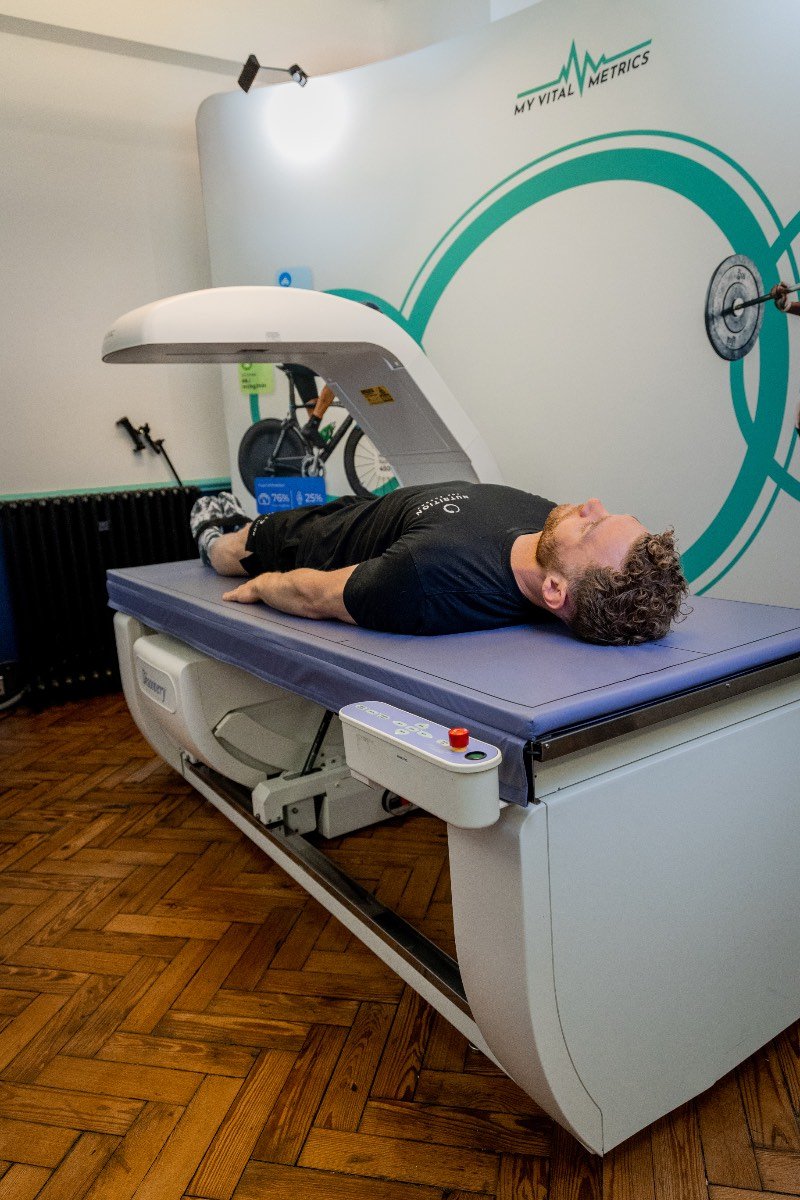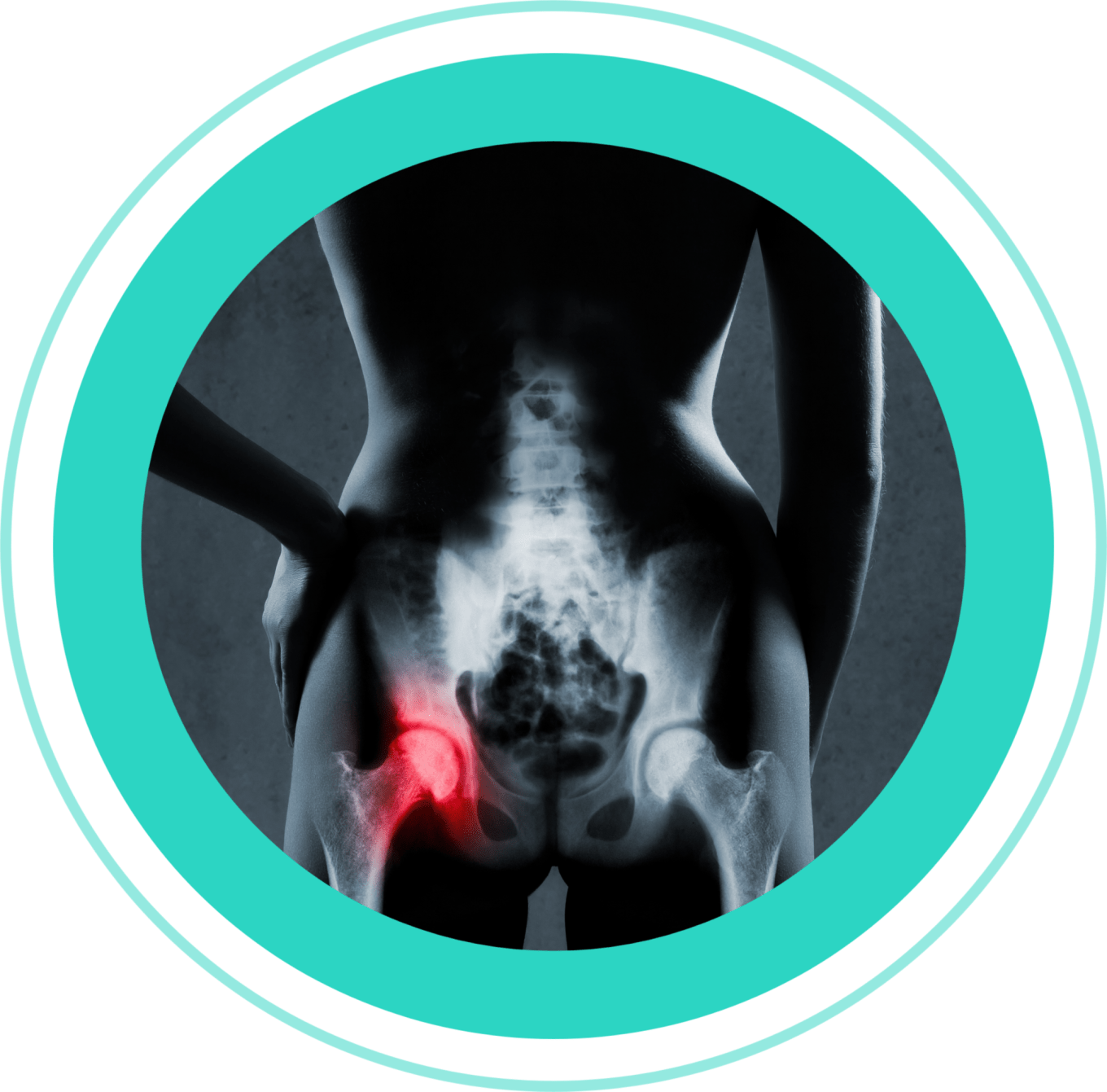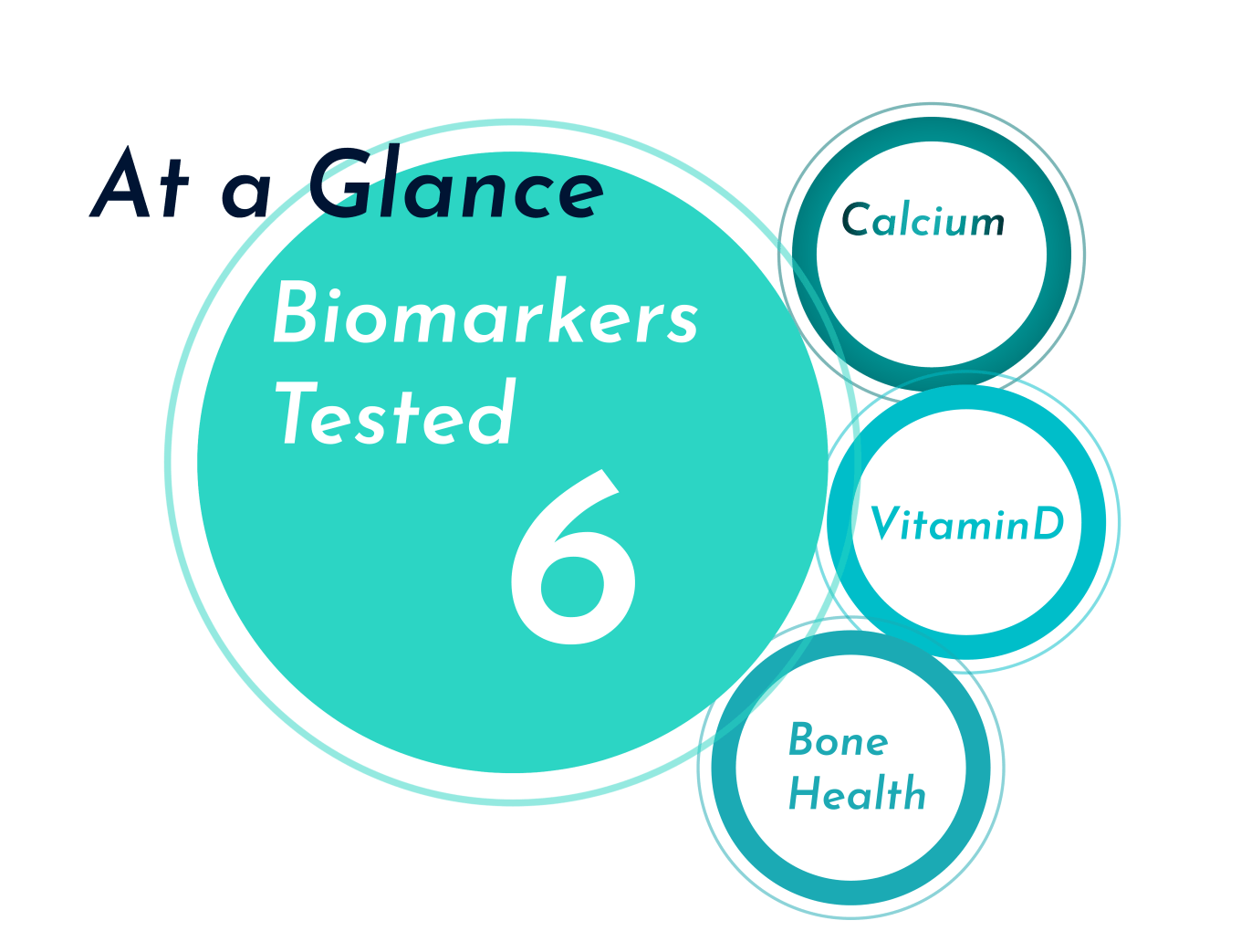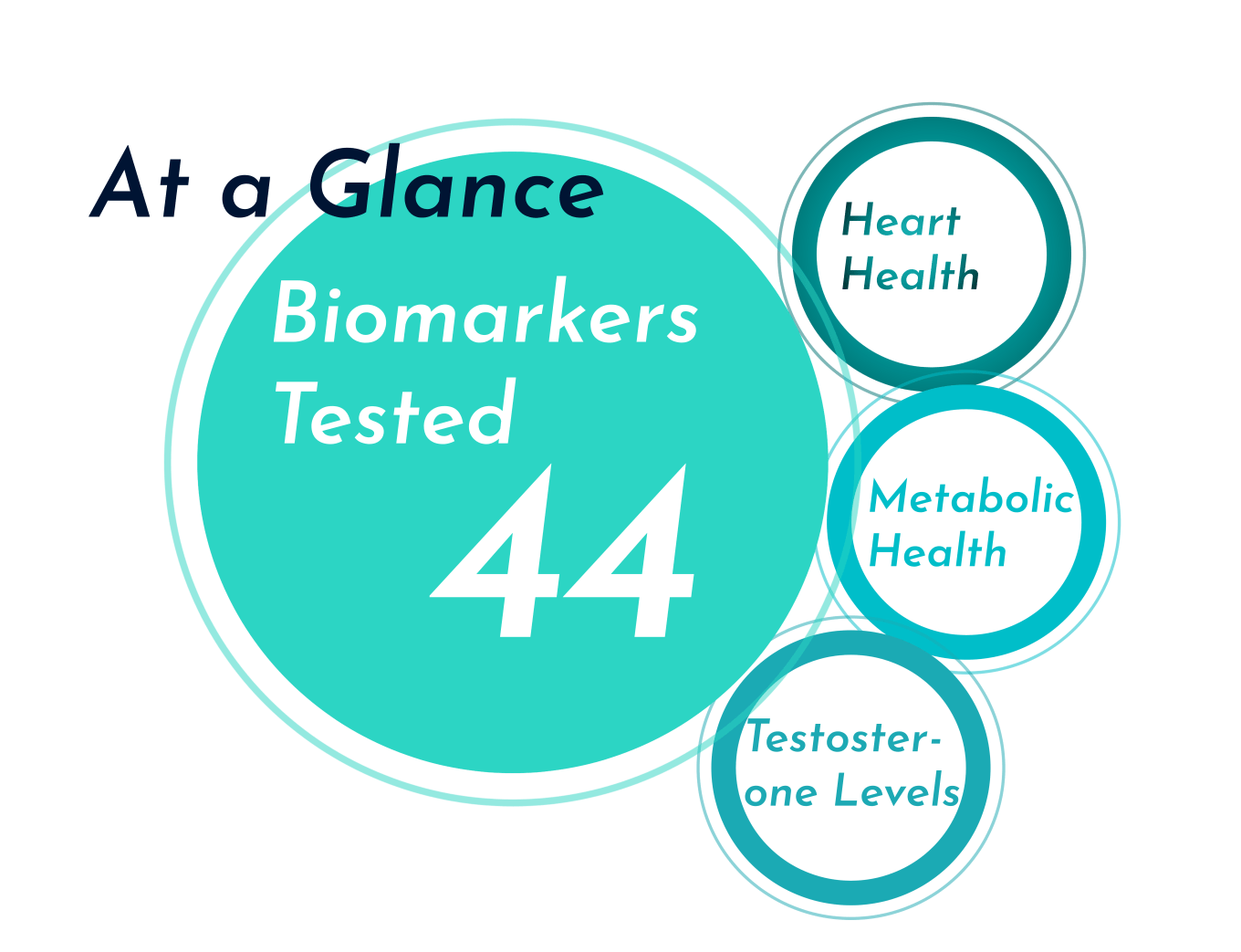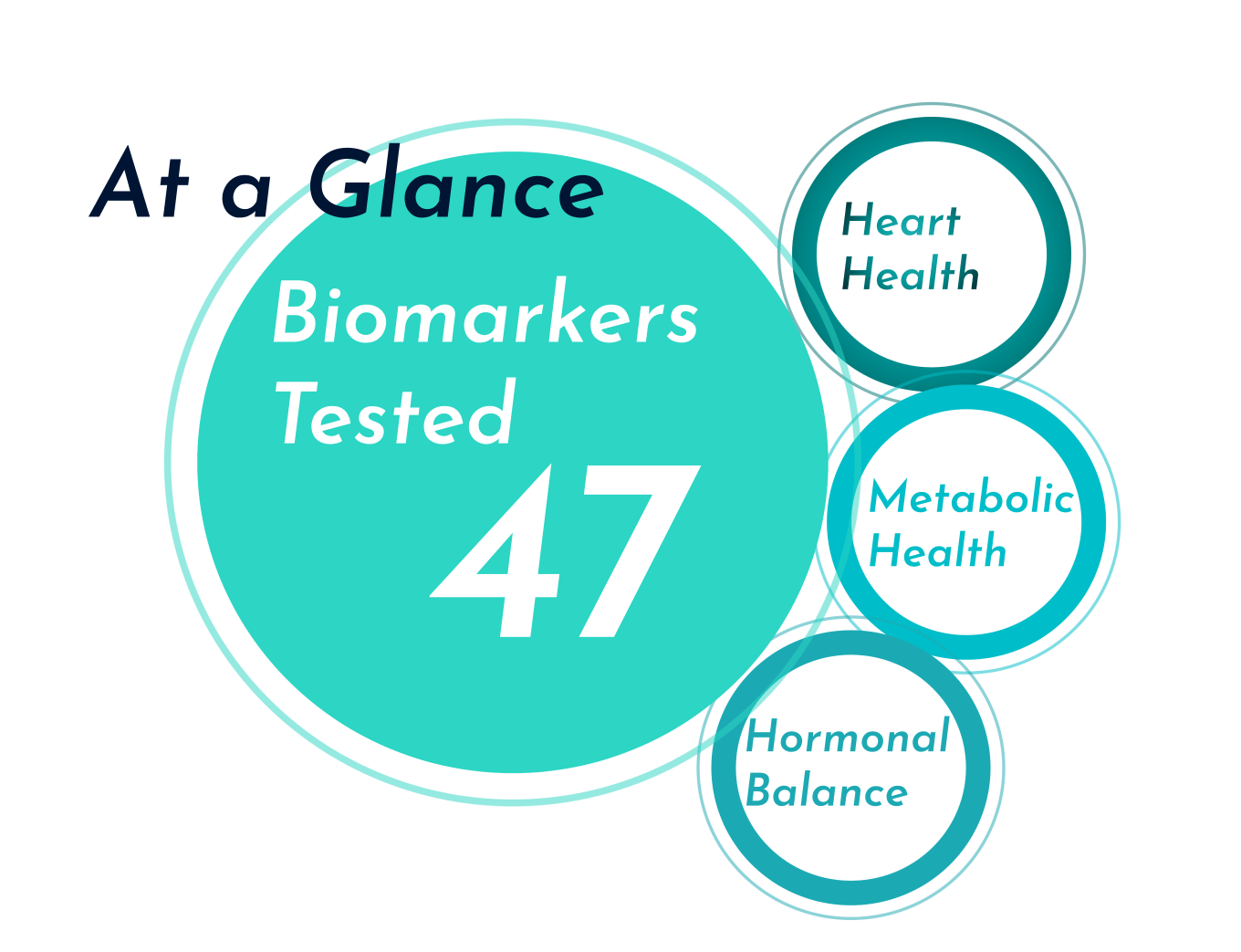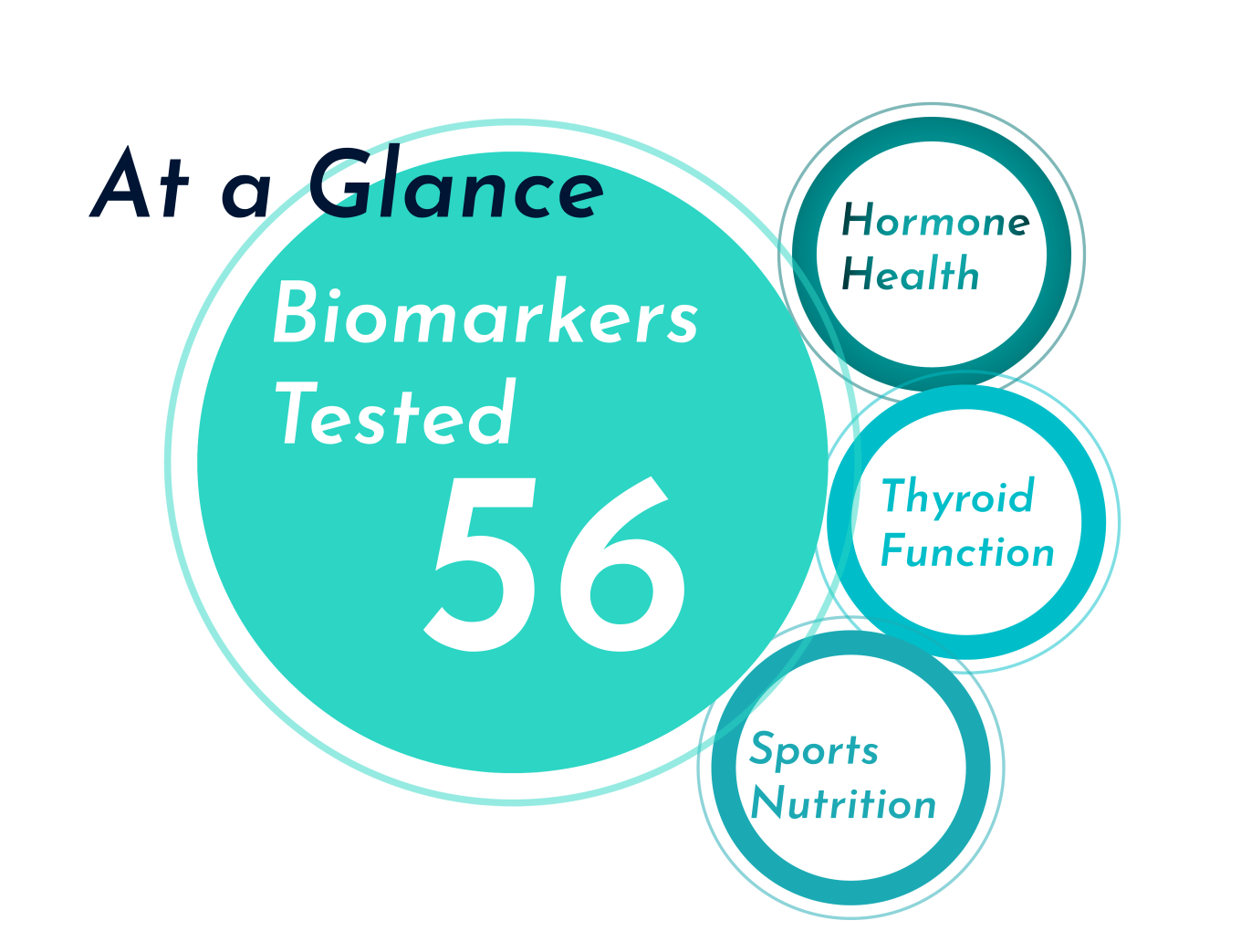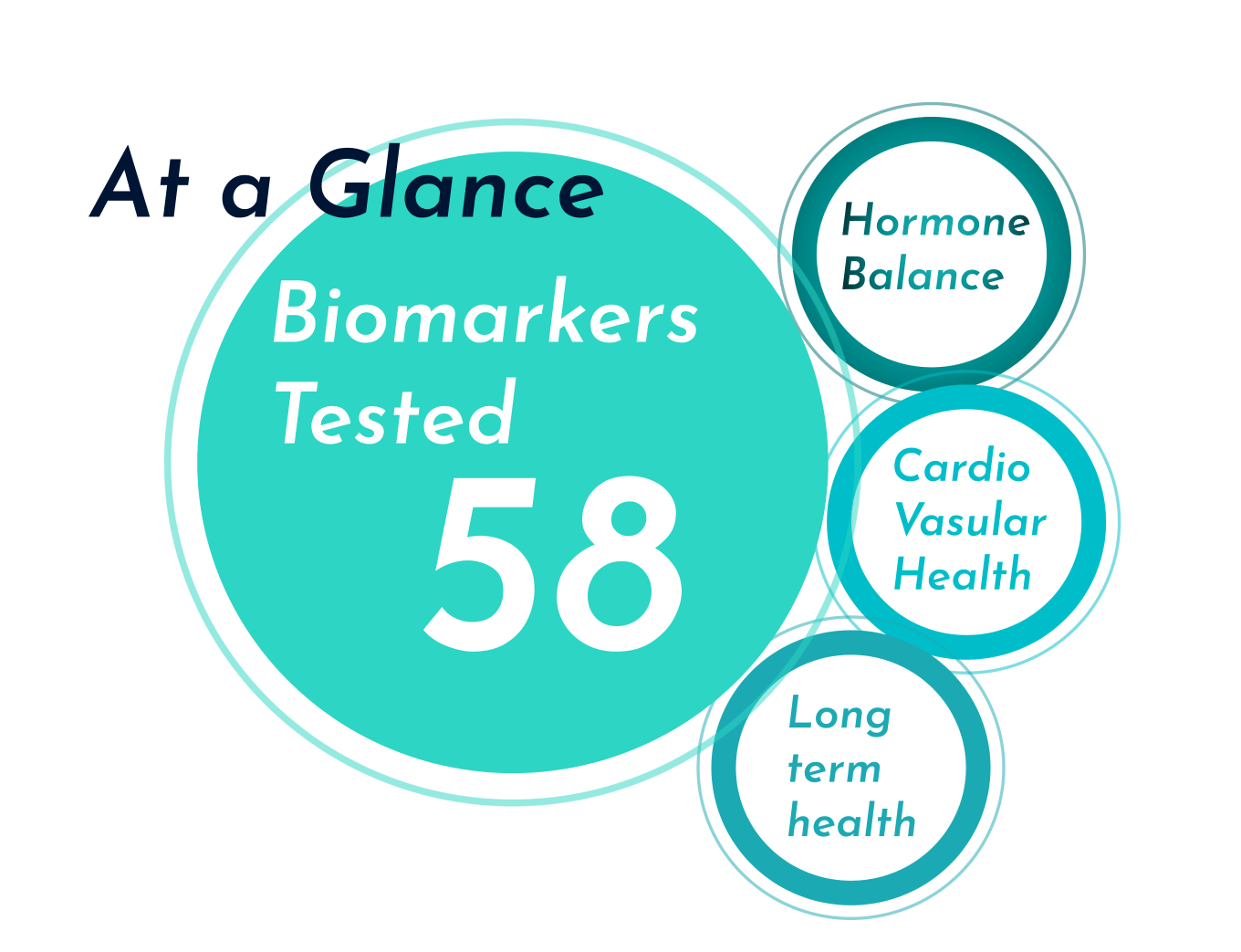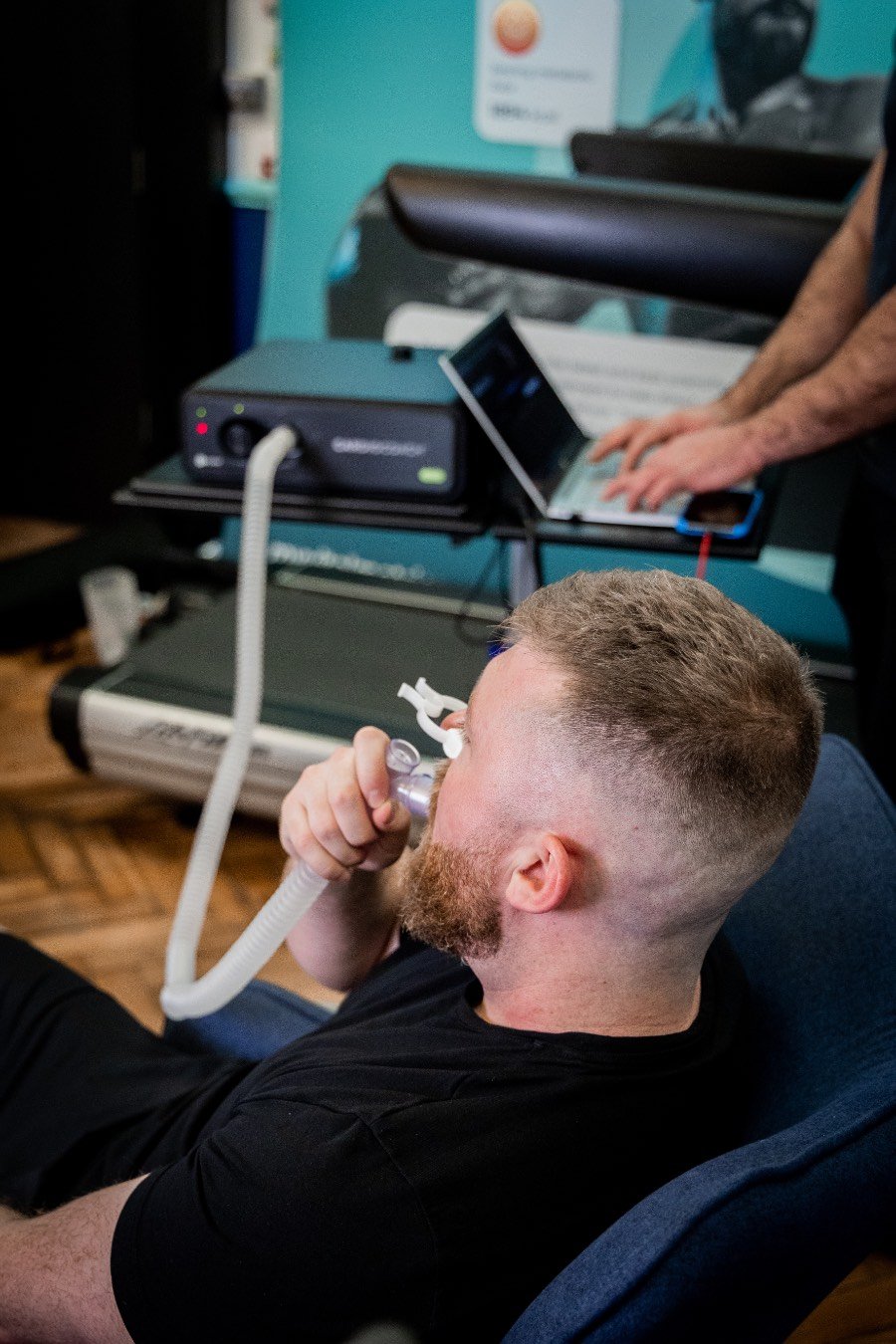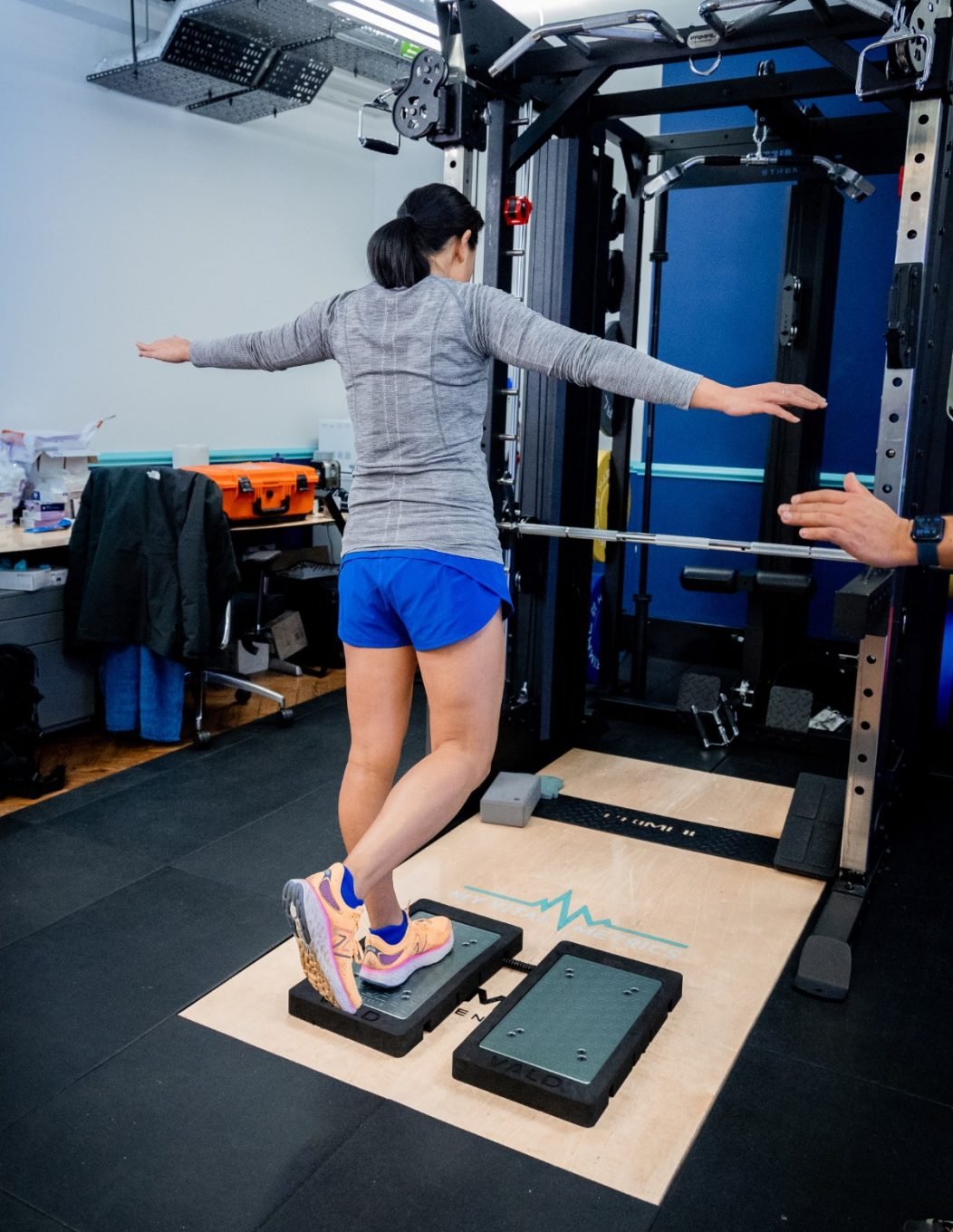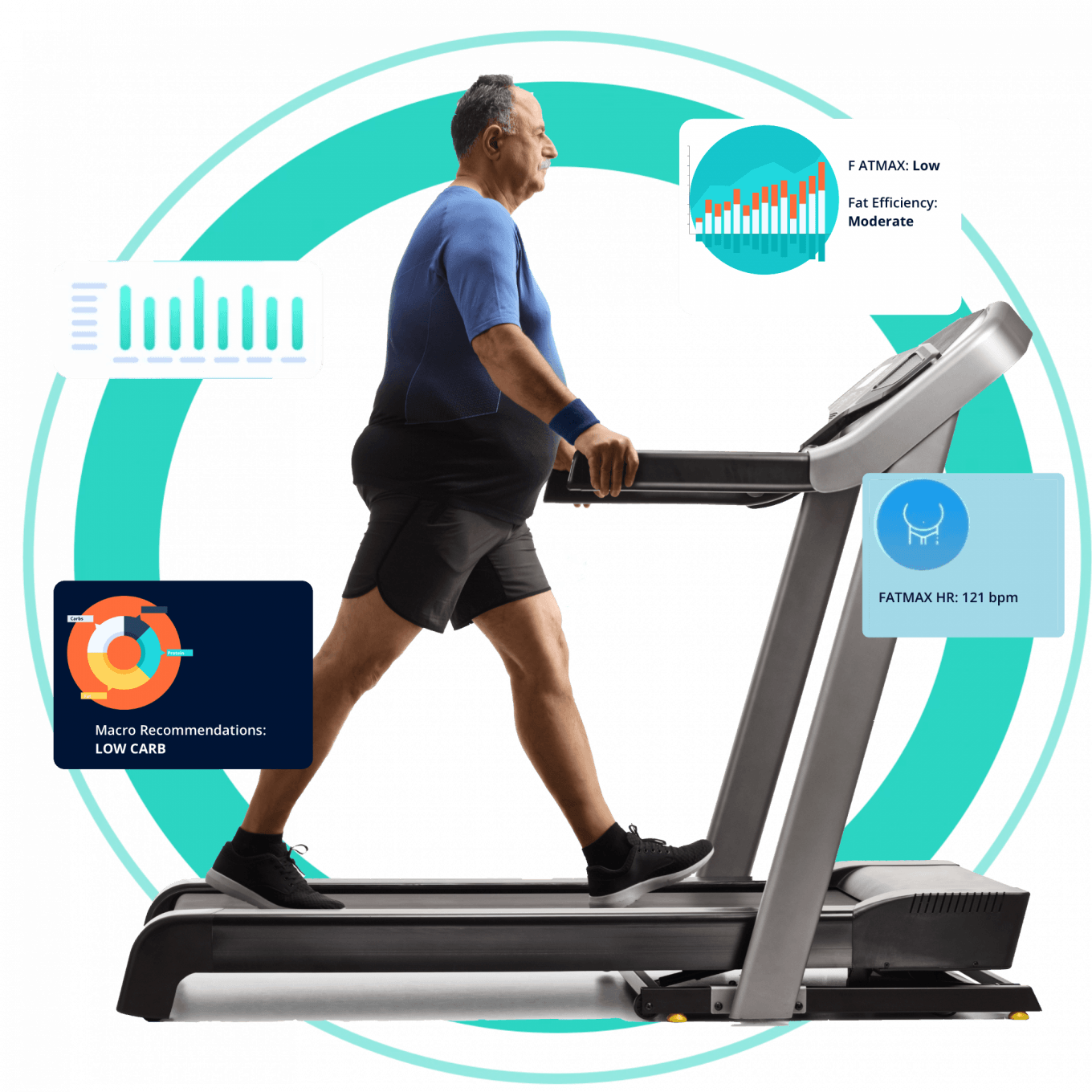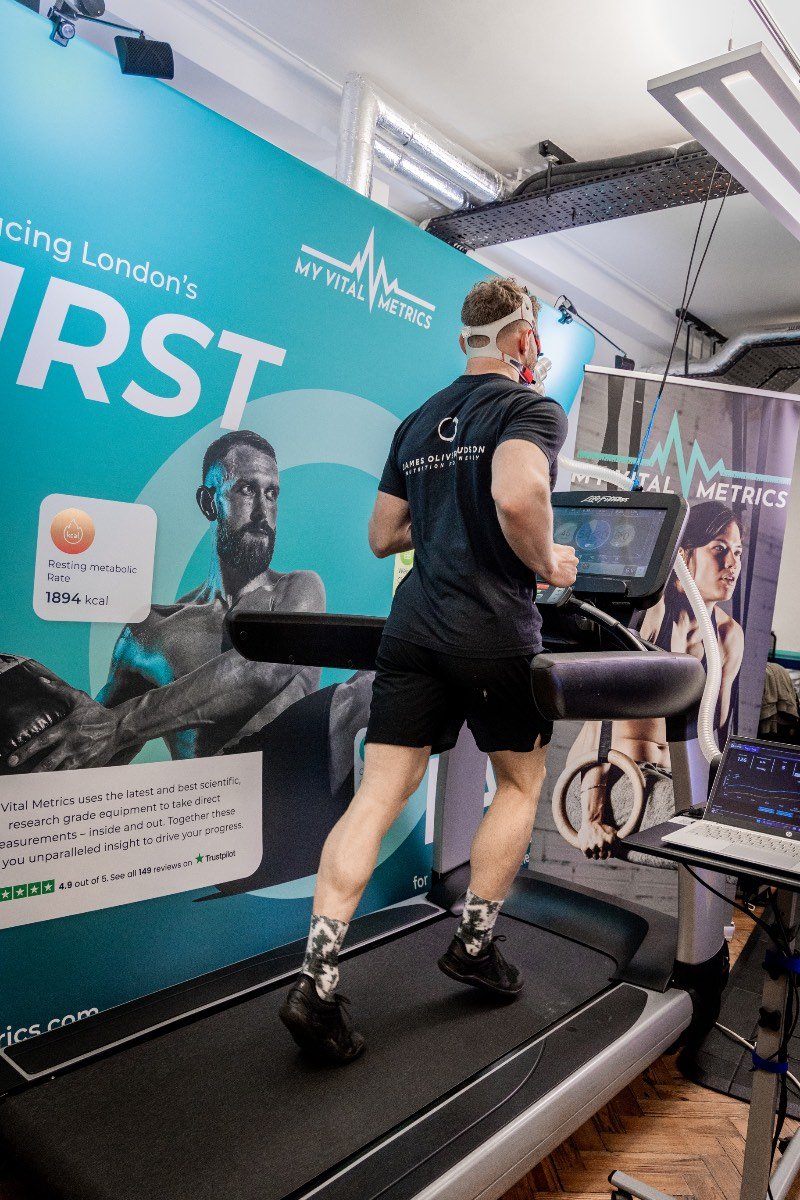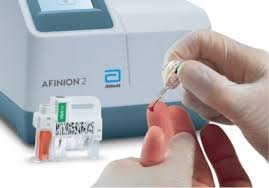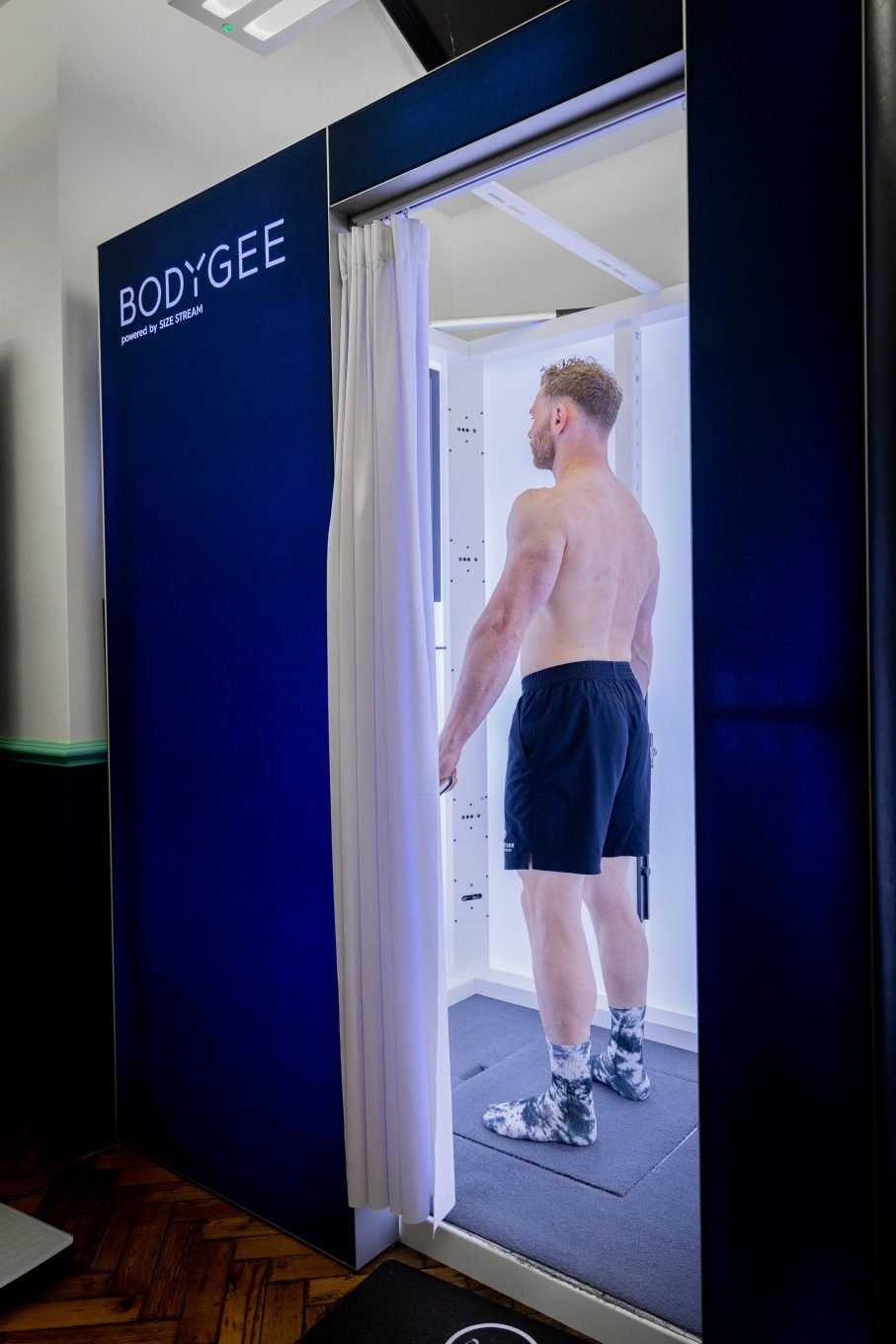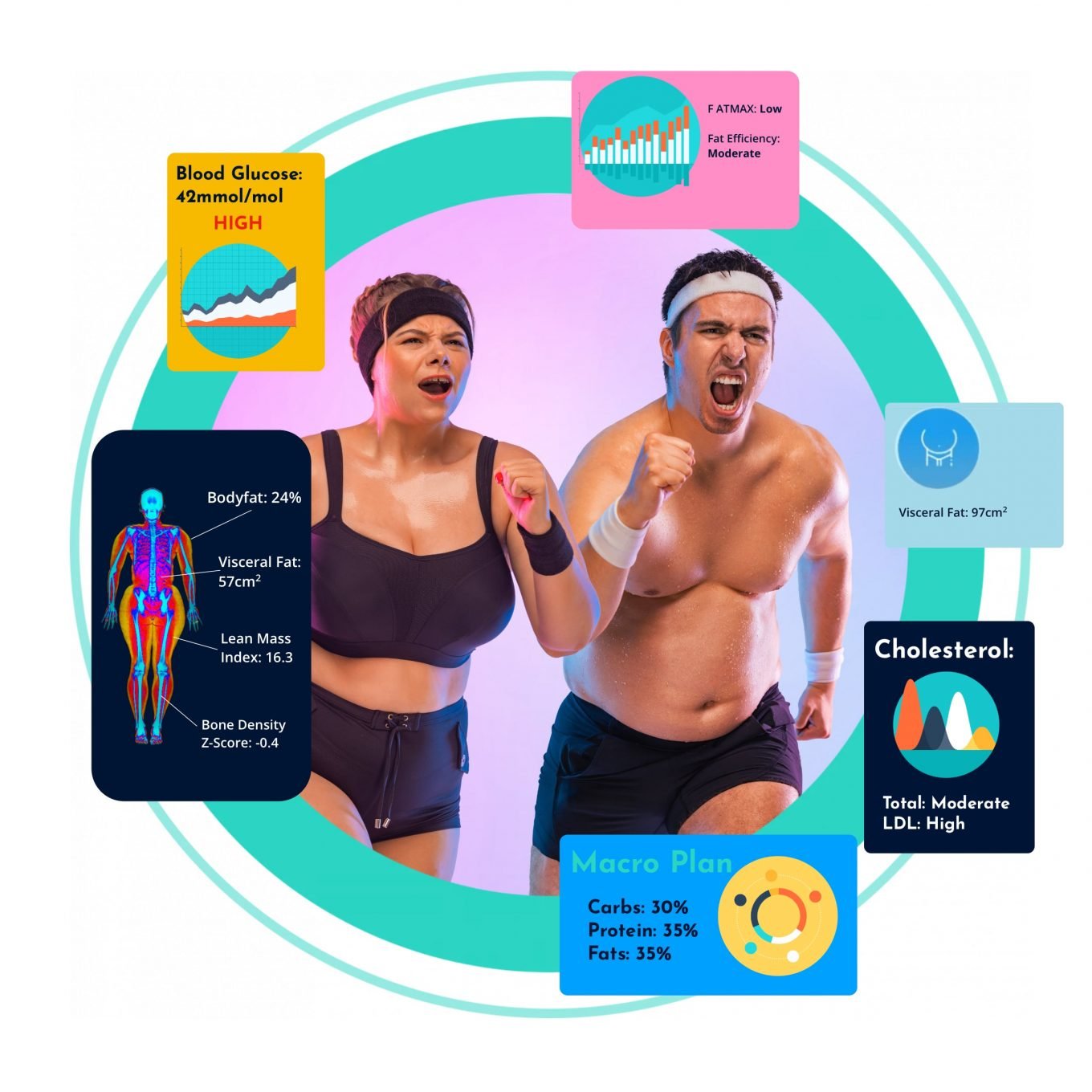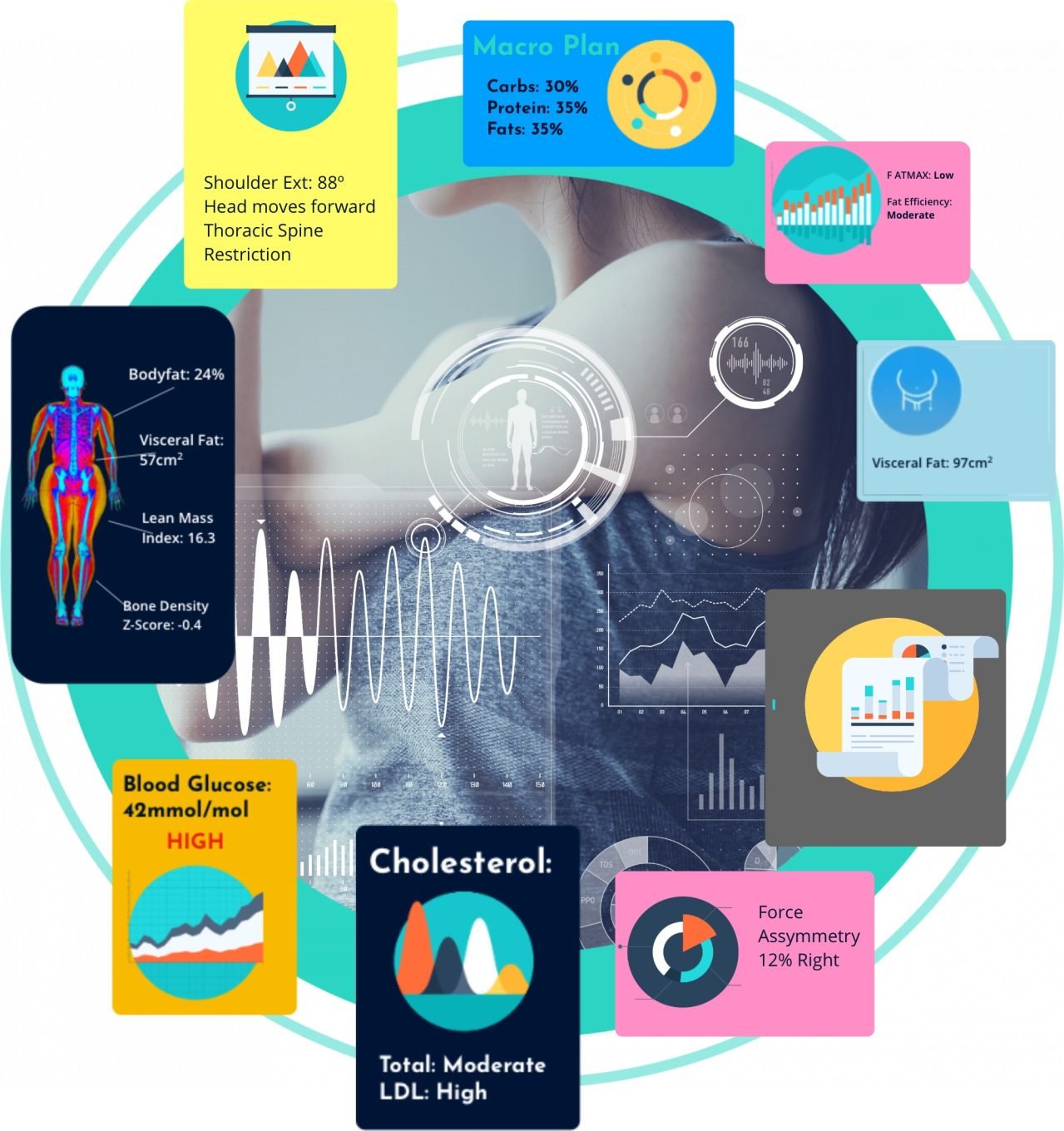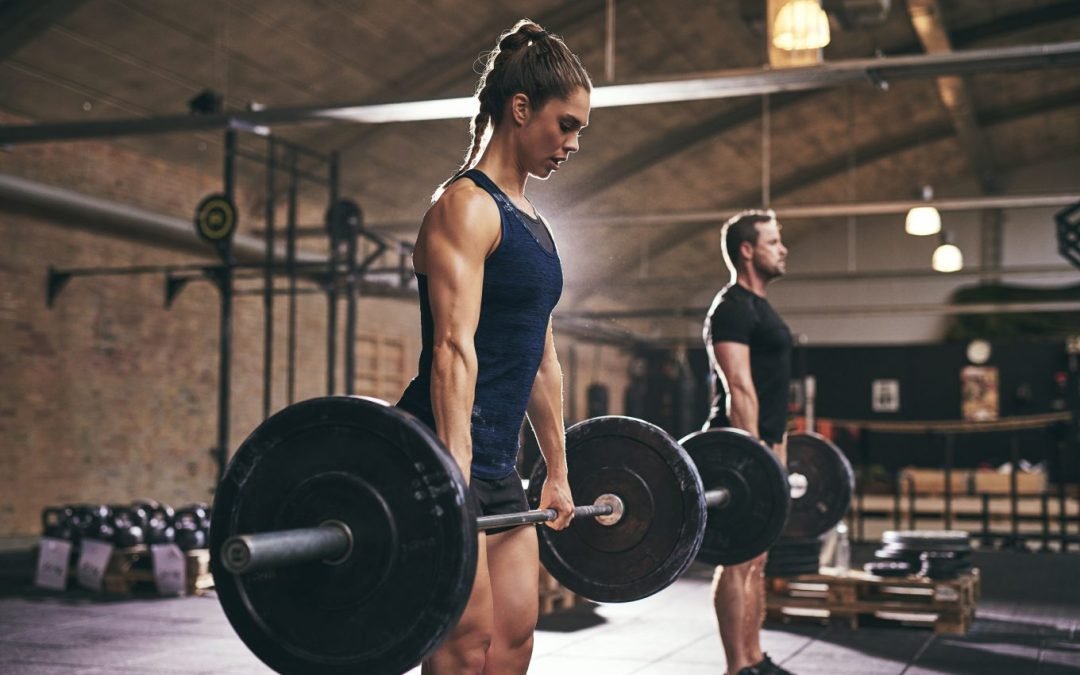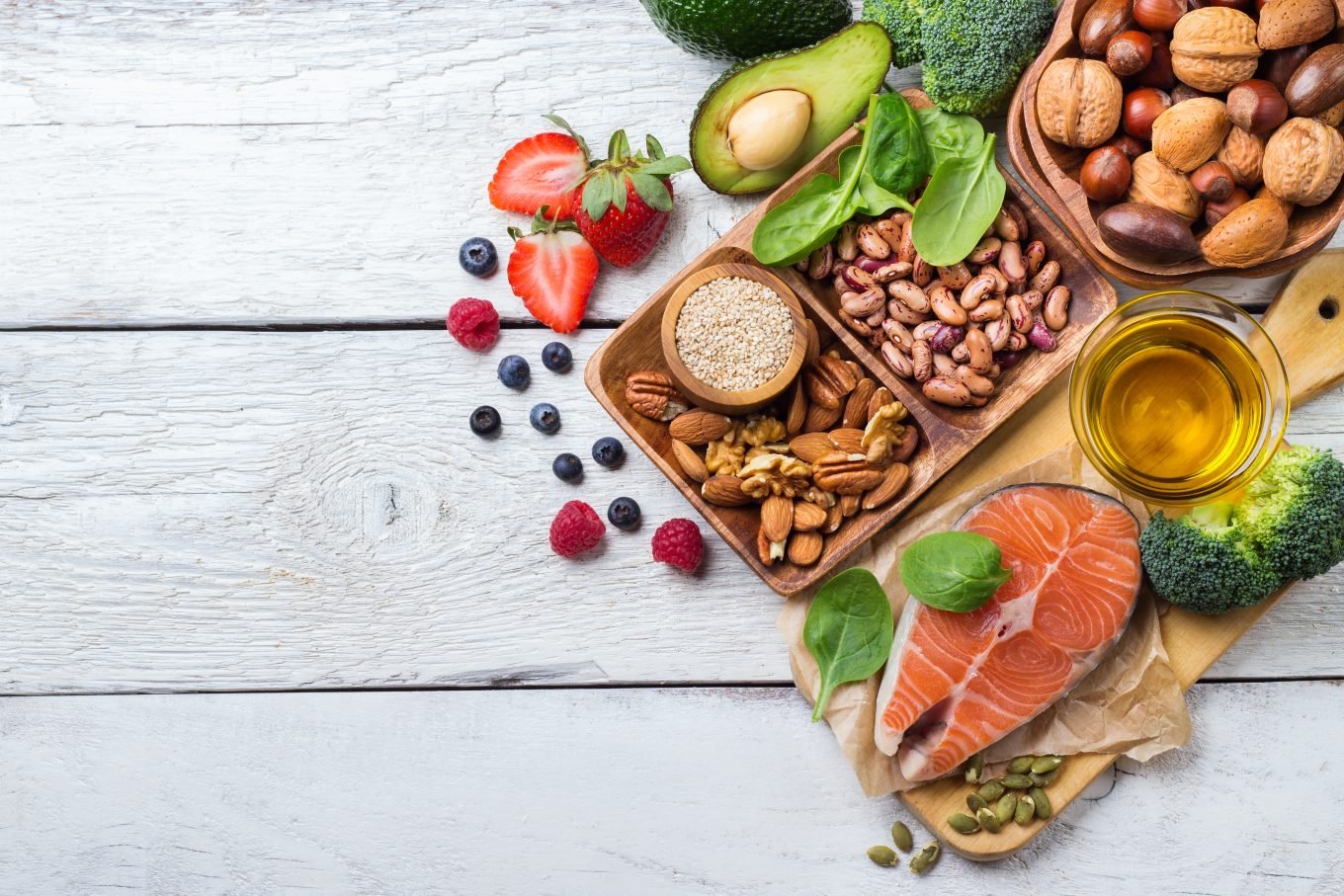Exercise is a crucial component of building muscle mass. Here are some top tips for building lean muscle:
Hit multiple sets at a medium load
If you’re new to building muscle, any weight-bearing exercise you do will likely kickstart the process of muscle gain. At this point, getting started is a great goal.
However, for more experienced gym-goers, professional athletes, or those with a higher starting muscle mass, it can pay off to be a bit more specific about what and how you lift.
One highly-researched method of building muscle mass is repeated sets at a medium weight – approximately 65-85% of your 1 rep maximum for a given exercise. Evidence suggests that incorporating multiple medium-weight sets encourages muscle hypertrophy (muscle growth) by increasing testosterone and HGF (human growth factor) – two hormones that impact muscle gain.
To put this tip into action, you want to first assess your max weight for the strength exercises you’re currently training (or want to start training).
If you’re new to strength training, ask a trainer at your gym for advice on how to assess your max weight – or ask them to supervise. Even if you feel confident, don’t jump right in and reach for the heaviest weight you can carry off the rack – assessing max strength can potentially be dangerous if not done carefully. If you’re in doubt, go lighter.
Once you know your max weight, train multiple sets of 6-12 reps at a 65-85% capacity.
For example, if your starting max squat weight was 100lb, you’d want to train multiple sets of 6-12 reps at a 65-85lb weight, breaking for 1-3 mins in between each set.
As you gain strength, adapt to match your gains.
Prioritise compound movements
Compound movements recruit multiple muscle groups simultaneously, making them an efficient use of your training time.
Aim to incorporate some of the following compound movements in your workouts:
- Deadlifts (use your hamstrings, glutes, quads, lats, traps, and core muscles)
- Pull-ups (lats, triceps, biceps, traps, rear delts, and core muscles)
- Shoulder presses (shoulders, pecs, traps, and triceps)
- Push-ups (shoulders, triceps, pecs, deltoids, and core muscles)
- Squats (quads, hamstrings, glutes, calves, and core muscles)
- Bench presses (pecs, shoulders and triceps)
- Rows (lats, rhomboids, biceps, traps)
As well as saving you time in the gym, compound movements can get your heart rate going, elevate your calorie burn, and boost muscle hypertrophy.
Don’t be afraid to incorporate some isolation movements on top of your compound moves and lifts. These can be a great option for increasing your training volume and targeting smaller muscle groups.
Increase your training intensity, frequency, or volume
The “best” training frequency is going to vary depending on your goals, fitness level, the equipment you have access to, the time you can dedicate to training, and whether you need to build muscle mass on a schedule or before a specific date.
However, one factor remains consistent: if you’re working out consistently and not seeing the results you’re looking for, you have three main options:
- Increase training intensity
- Increase training frequency
- Increase training volume
Training intensity is how hard you train – for strength training, this is often reflected in the weight you lift.
Training frequency is how often you train – whether that’s 2, 3, 4, or 5+ days a week.
Training volume is how long you train for – whether that’s 30, 45, or 60+ mins per workout.
Switch up one of these factors at a time, and train consistently for at least 2 weeks before considering switching things up again. Remember: when it comes to building muscle, consistency is key.
Modify movements as needed
Can’t complete an exercise? Rather than skipping tougher exercises in favour of those you can already do well, aim to incorporate lower intensity or modified versions of harder exercises to build up your strength.
This is particularly relevant if you’re incorporating bodyweight or calisthenic exercises as a part of your strength workouts. There are endless variations and drills you can utilise to work towards doing pull-ups, chin-ups, press-ups, squats (or even handstands!) with perfect form. Practice makes perfect, and there’s no shame in not being able to complete a full movement yet.
Don’t skip the rest days!
As you work out and build muscle, your body needs time to rest and recover. Rest days are a crucial part of any exercise regime, and over-training can sabotage your hard work, affect your form, and diminish your performance.
To maximise muscle recovery, make sure to:
- Get consistent, good-quality sleep
- Have adequate protein pre and post-workout
- Eat a well-balanced diet
- Stay hydrated
- Avoid alcohol and tobacco
Aim to take at least 2 rest days per week, and where you have back-to-back workout days, alternate muscle groups to encourage muscle recovery.
Part 2: How to build lean muscle mass with nutrition
